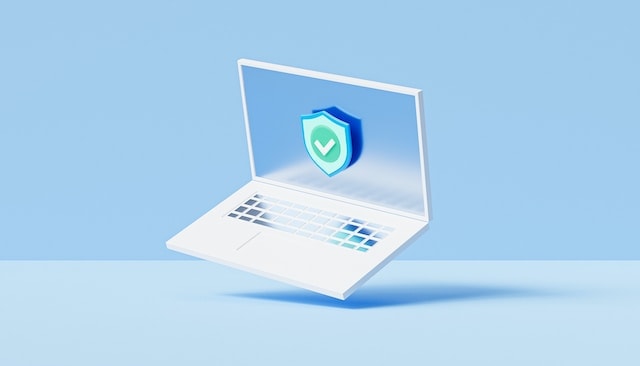What Is Layered Cybersecurity? A Defense Strategy for the Digital Age
In today’s interconnected and technology-driven world, organizations of all sizes face an ever-increasing threat from cyberattacks. As cybercriminals become more sophisticated and their tactics more diverse, traditional security measures often prove inadequate. This is where layered cybersecurity comes into play.
Layered cybersecurity, also known as defense in depth, is a comprehensive security approach that employs multiple layers of defense to protect against a wide range of threats. By implementing a layered security strategy, organizations can significantly reduce their risk of cyberattacks and minimize the potential damage if a breach occurs.
The Three Main Elements of Layered Security
Layered cybersecurity typically comprises three main elements:
Perimeter Defense:
The first layer of defense focuses on protecting the organization’s external boundaries, such as firewalls, intrusion detection and prevention systems (IDS/IPS), and web filtering. These measures help to block unauthorized access and prevent malicious traffic from entering the network.
Proactive Monitoring:
The second layer of defense involves continuous monitoring of the organization’s systems and networks for suspicious activity. This may include security information and event management (SIEM) solutions, network traffic analysis, and log file monitoring. Proactive monitoring helps to identify and respond to potential threats before they can cause damage.
Security Training and Awareness:
The third layer of defense focuses on educating employees about cybersecurity risks and best practices. This includes training on topics such as phishing, social engineering, and password management. Security awareness training helps to empower employees to become the first line of defense against cyberattacks.
Additional Layered Security Elements
In addition to the three main elements, layered cybersecurity can incorporate a variety of other security measures, such as:
Data Encryption:
Encrypting sensitive data at rest and in transit can protect it from unauthorized access, even if it is compromised.
Access Controls:
Implementing strong access controls, such as multi-factor authentication (MFA), can restrict access to critical systems and data to authorized users only.
Vulnerability Management:
Regularly scanning systems for vulnerabilities and patching them promptly can help to close security gaps that cybercriminals could exploit.
Incident Response Planning:
Having a documented incident response plan in place can ensure a coordinated and effective response to cyberattacks, minimizing downtime and business disruption.
Benefits of Layered Cybersecurity
Layered cybersecurity offers several significant benefits to organizations, including:
Reduced Risk of Cyberattacks:
By implementing multiple layers of defense, organizations can make it significantly more difficult for cybercriminals to breach their systems.
Minimized Damage from Breaches:
Even if a breach occurs, layered cybersecurity can help to minimize the damage by limiting the scope of the attack and facilitating a faster recovery.
Improved Compliance:
Many industries have strict data privacy and security regulations. Layered cybersecurity can help organizations meet these compliance requirements.
Enhanced Business Continuity:
By protecting against cyberattacks, layered cybersecurity can help ensure business continuity and minimize downtime.
Layered Security Elements
Layered cybersecurity is an essential strategy for organizations of all sizes in today’s digital world. By implementing a layered security approach, organizations can significantly reduce their risk of cyberattacks, protect their valuable data, and maintain their business continuity.




